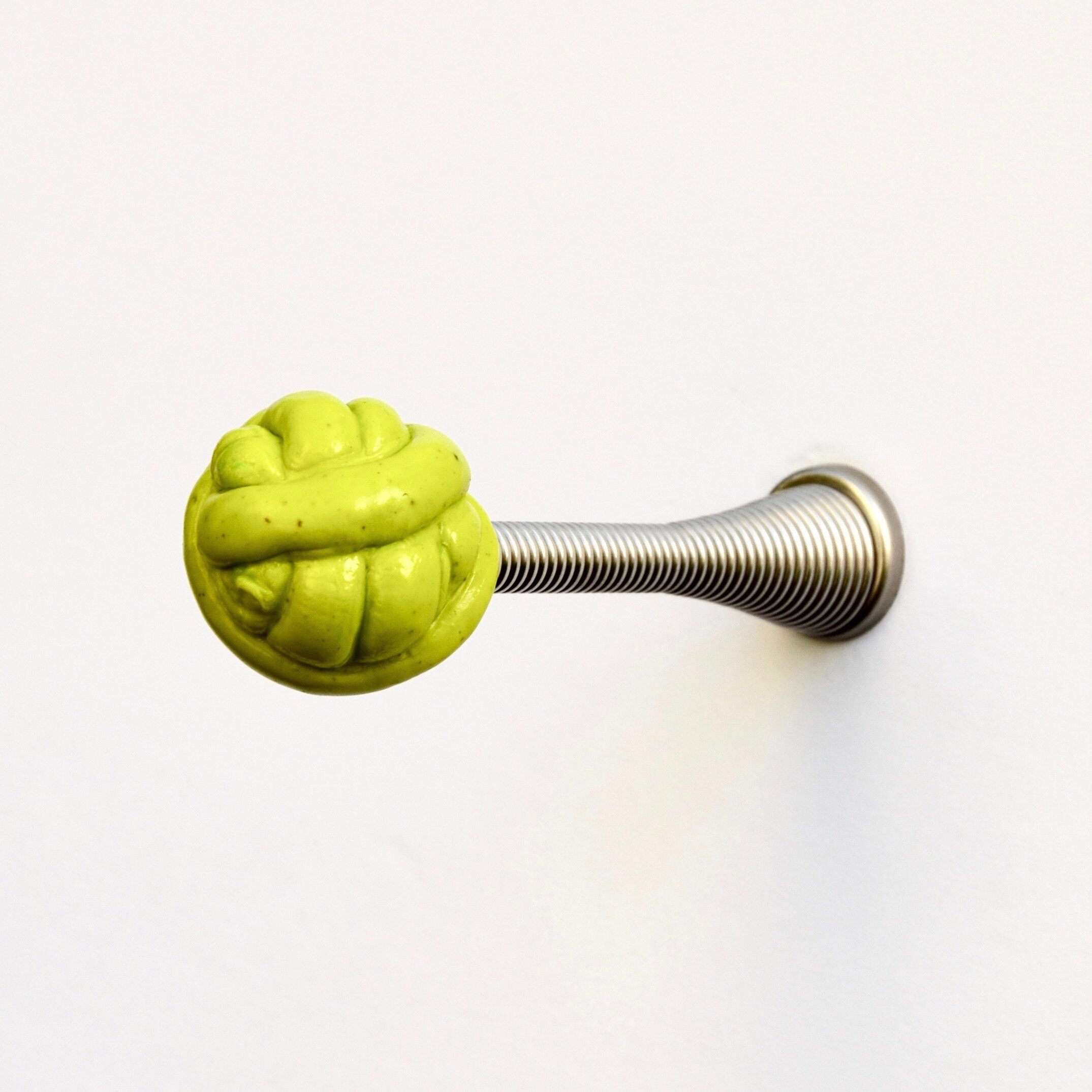STEAM
Curated by Wes LaFountain
October 15 - January 30, 2021
Science + technology + engineering + mathematics = STEM
STEM + Art = STEAM
About The Show
Featured Artists
Why STEAM?
One of the current models of American education is called STEM, an acronym for Science, Technology, Engineering, and Mathematics. This mixed-media exhibition, connecting ‘high tech’ and ‘high touch’ sensibilities, explores the relationship with STEM and the Arts.
STEM precepts came to the fore in the late 20th Century (initially as SMET), and I first encountered it in the 1990s when I worked in the Education Department of the Portland Museum of Art. I understood the need for it, as the US was demonstrably falling behind in these disciplines compared to other countries with which we compete economically.
STEM seemed somewhat incomplete, however - limited in its scope by disregarding too many other vital connections. Like Art. Creativity arises in every discipline, and it is rarely confined to such strict academic regimens. But STEM was a way to address a need, in a fashion that would allow it to be defined and – equally importantly – funded.
One of the implications of STEM seemed to be that Art would become secondary as an educational and funding priority. Yet, as this exhibition demonstrates, that intersection where the visual arts meet STEM is crucial; in fact, these disciplines often become inseparable as they become intertwined. How we get to that intersection is key. A growing movement has advocated for adding that A for Arts to STEM and, by strategic arrangement, creating STEAM.
By observing how the artists in this exhibition have framed their own relationships with STEM thinking, perhaps we can better frame our own. For some quick insight in a highly readable article, please see: “A Brief History of STEM and STEAM From An Inadvertent Insider,” at http://scholarship.claremont.edu/steam/vol3/iss1/5. It’s worth a look!
- Wes LaFountain Guest Curator
Bill Tomah, whose contemporary work created on the Houlton reservation is also featured here, is the uncle of the late Fred Tomah.
Floor van de Velde is an artist and educator whose work explores the reciprocal relationship between art and technological innovation, as well as materials and new techniques.
Jackie Brown makes biomorphic drawings and sculptures that blur boundaries between the real and the imagined.
Jan Piribeck has an MFA from Northern Illinois University in Painting and Drawing, where she also studied Computer Imaging.
Tom Paiement explores his artistic curiosity with backgrounds in mechanical engineering and music.
Preview the Exhibition
Cast acrylic, lighting gel, LED light, baltic birch
36” x 5.5” x 5”
$3,200 each












































